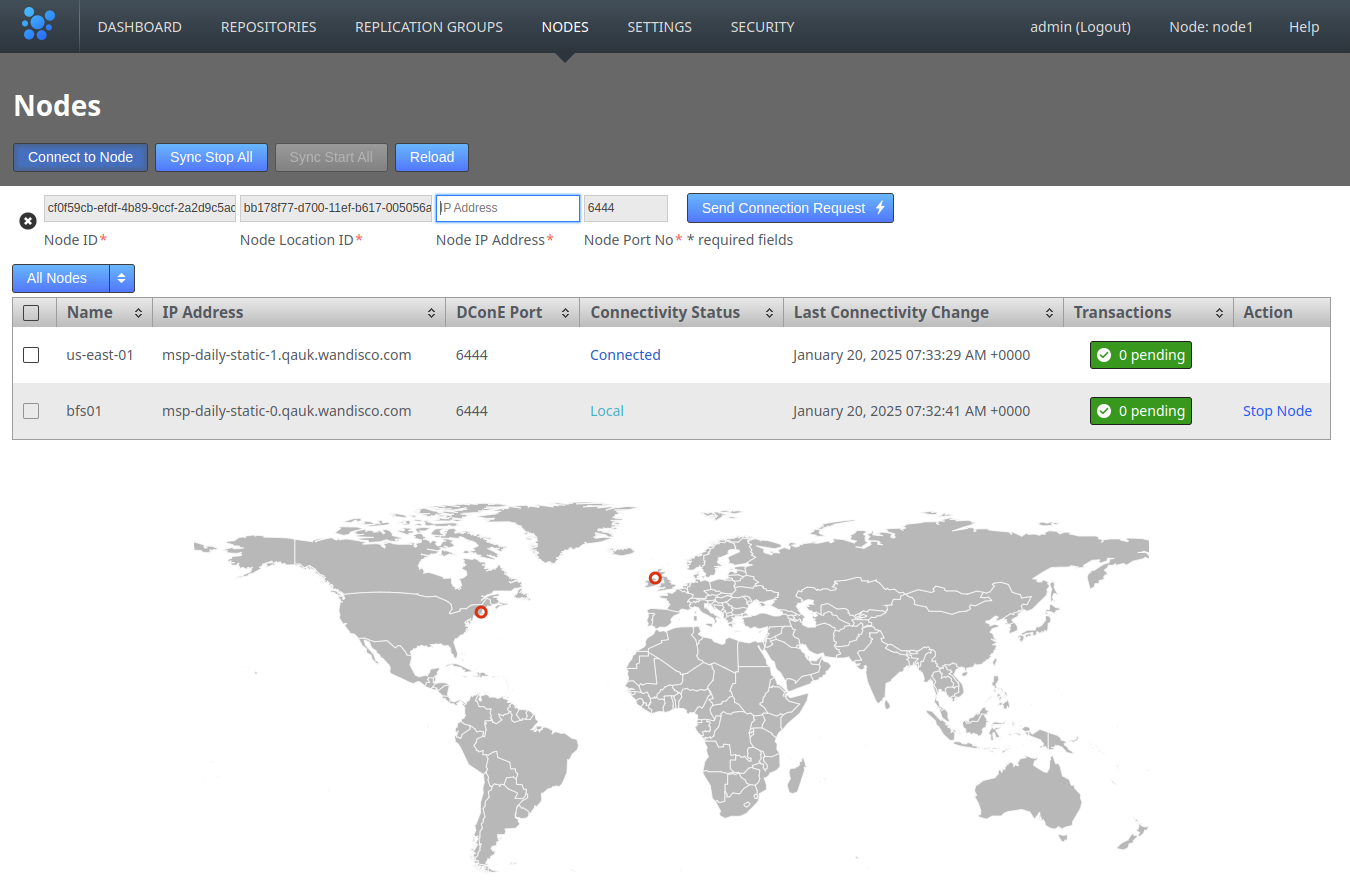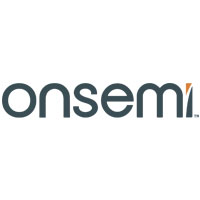Common challenges with Subversion environments
1. The hidden costs of network latency: delaying development and reducing profits.
Software engineering costs are a significant challenge and network latency in centralized systems such as traditional SVN is a silent productivity killer. These overlooked delays can trigger a ripple effect of frustration and inefficiency among globally dispersed teams.
2. The domino effect of delays.
Inefficiencies in development cycles, due to slow file loading or committing, extend project timelines, disrupt schedules, and demoralize developers. Poor performance lowers morale while the obstacles to adaptability cost valuable opportunities and increased risk of lagging behind the competition.
3. The illusion of isolated instances.
Companies attempting to solve latency issues often create individual Subversion instances per team, unknowingly fostering a culture of siloed teams, reducing agility and increasing complexity. The crux of the problem lies in centralized systems struggling to support today's development teams.


Transform your Subversion environment with our comprehensive enterprise solution
Boost your global Subversion (SVN) experience with an enterprise-level solution that combines the power of open-source binaries with our proprietary MultiSite technology and top-tier security measures. Perfectly tailored for global accounts, Cirata offers comprehensive support and formidable security solutions that ensure your operation flows seamlessly, regardless of magnitude.
Subversion MultiSite Plus is a game-changer that will elevate your SVN infrastructure to unprecedented levels. It guarantees global scalability, unmatched fault tolerance, maximized productivity, and a proven performance at scale. Streamline Subversion access control with Access Control Plus, a web-based application that simplifies user and group permission management for your Subversion repositories.












